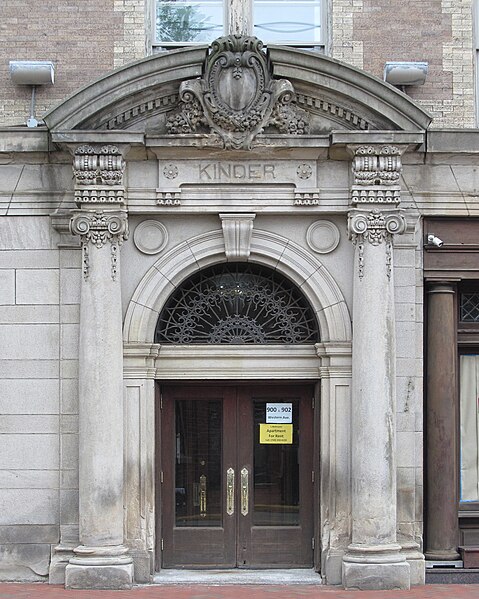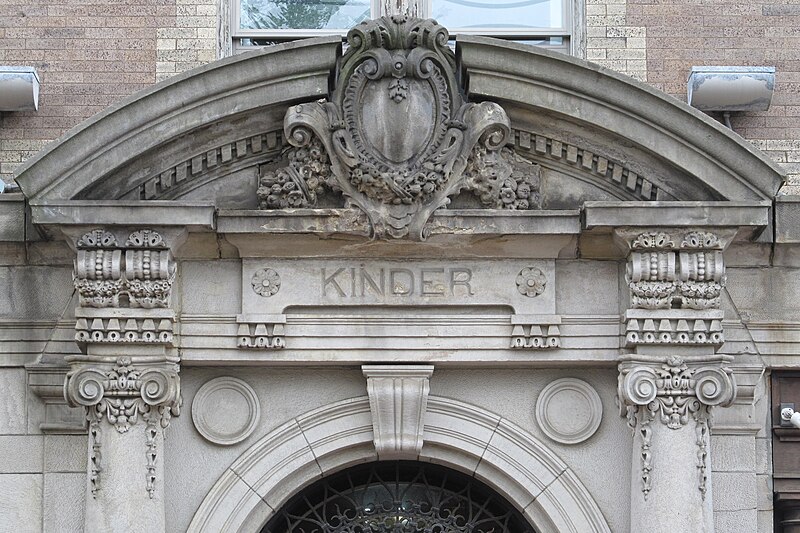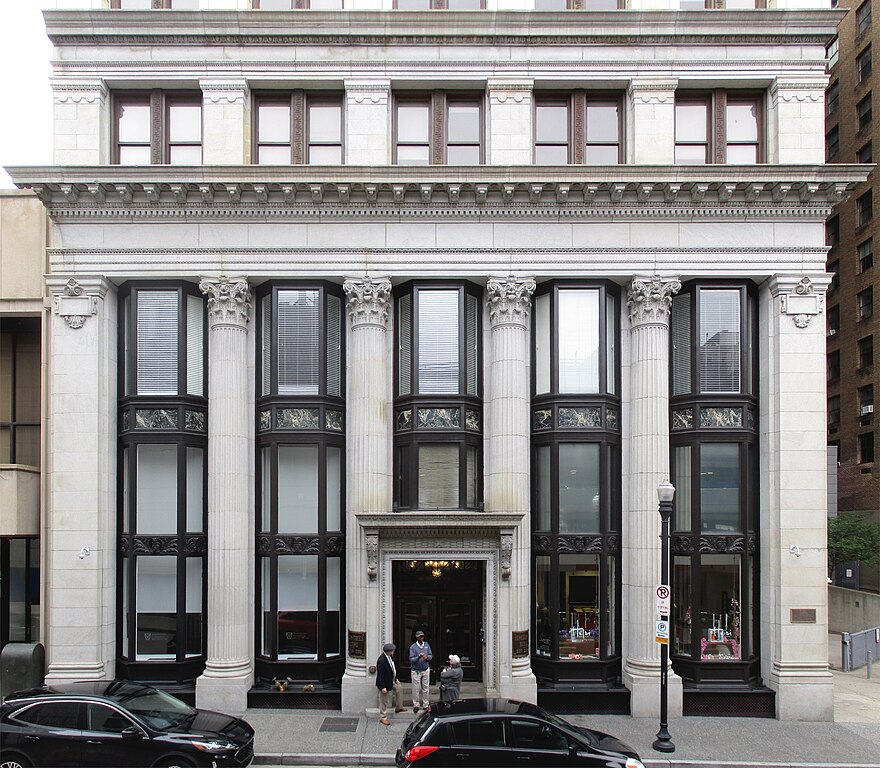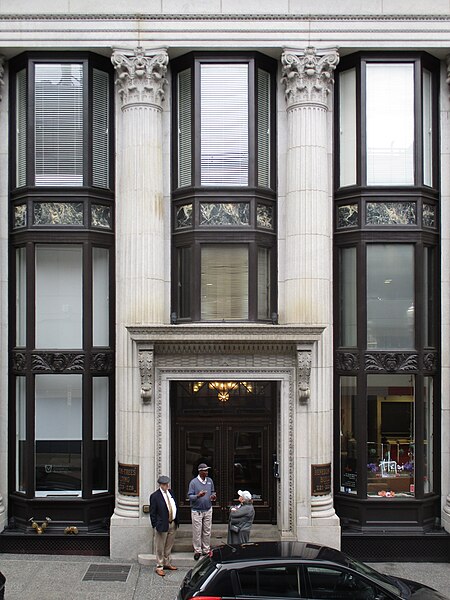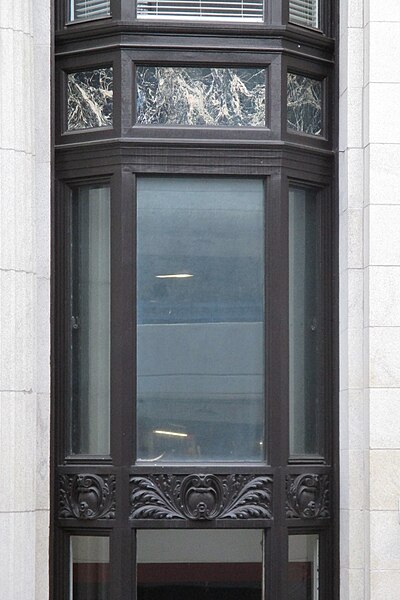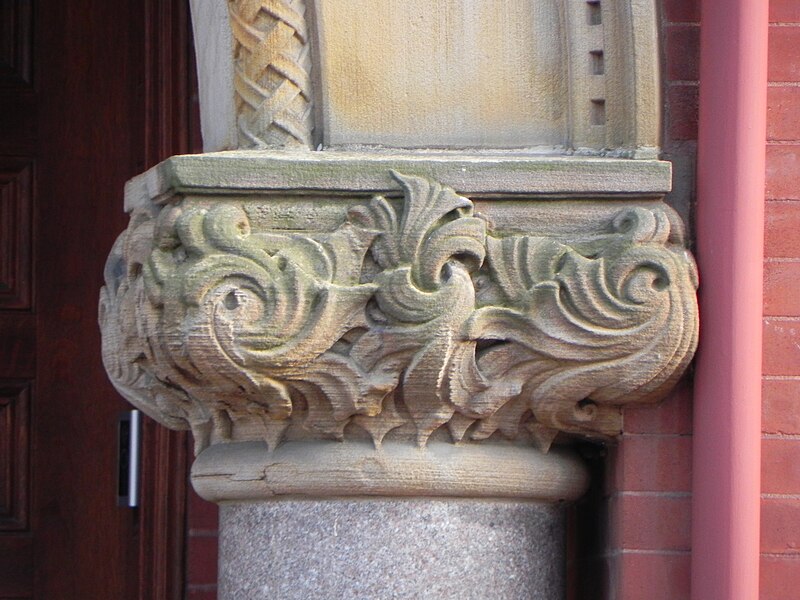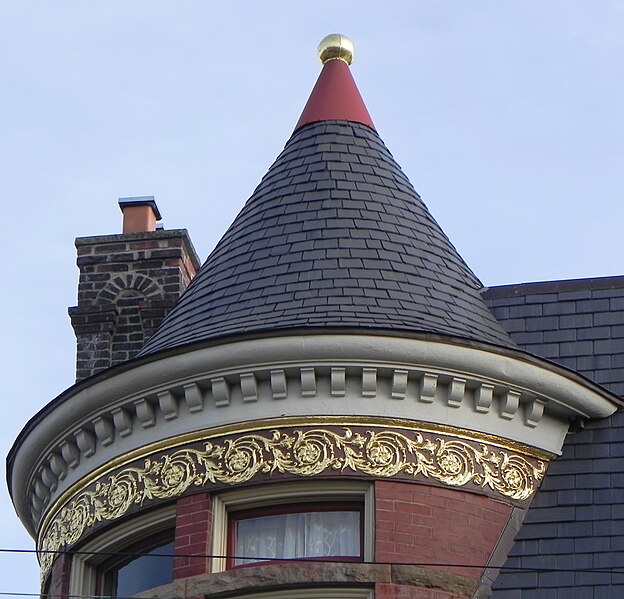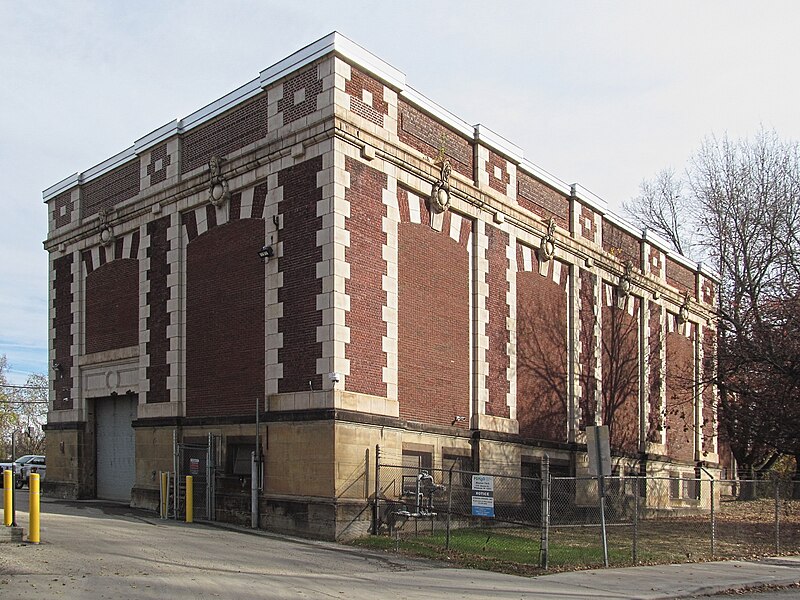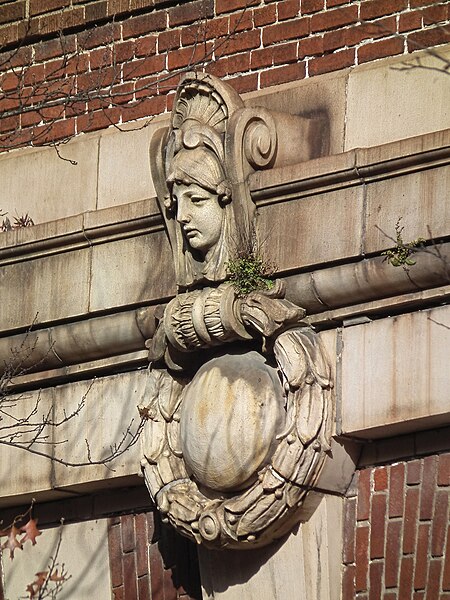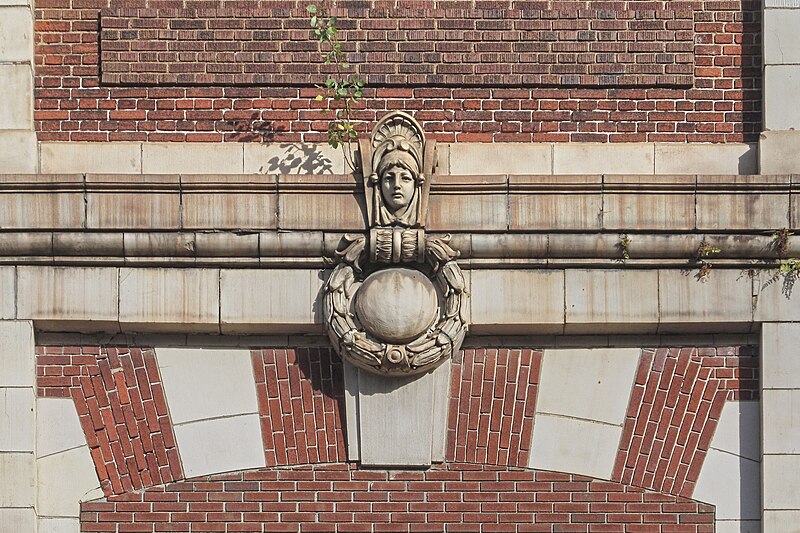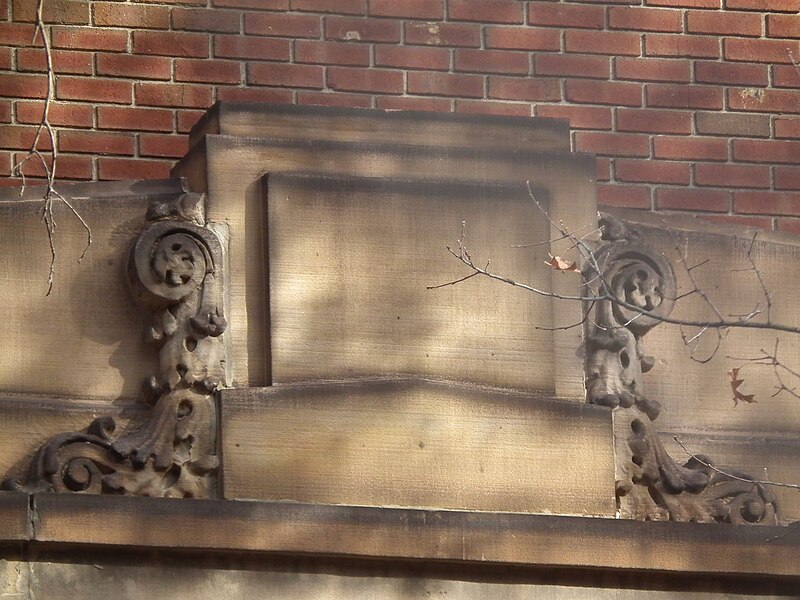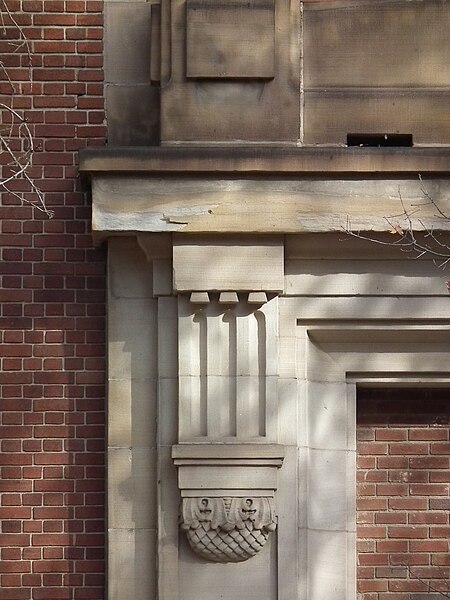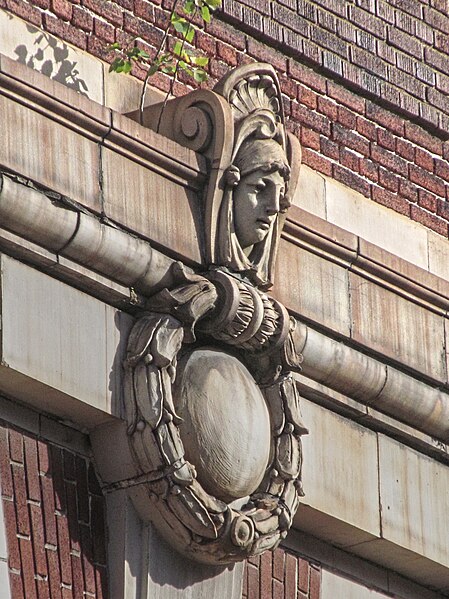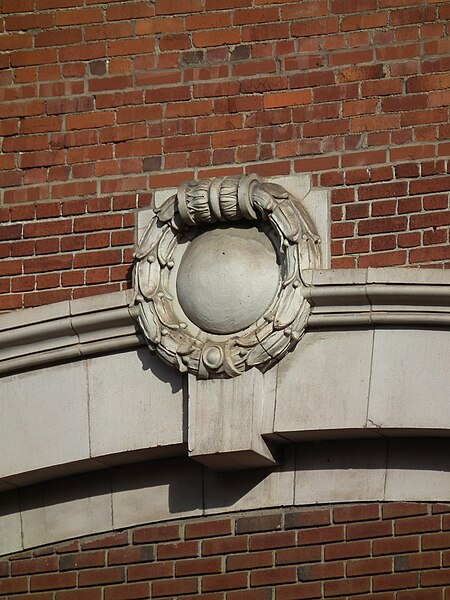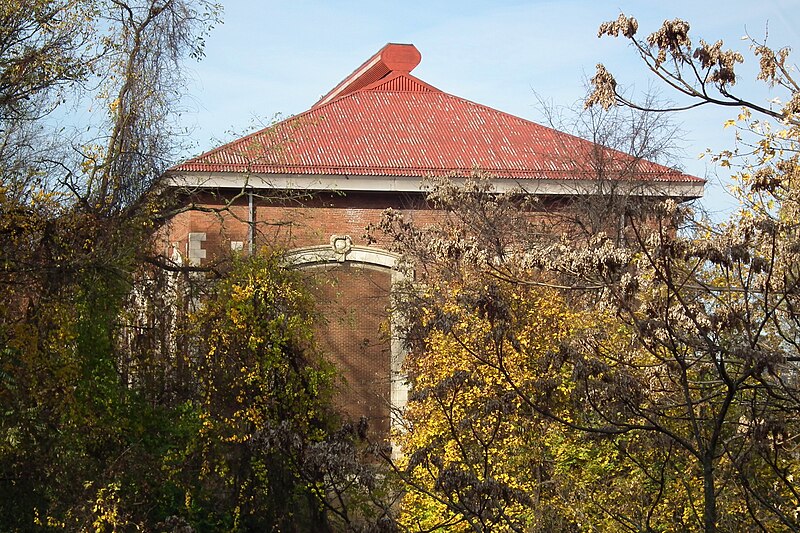
When the thriving borough of Wilkinsburg needed a magnificent new high school to accommodate its mushrooming population, the borough government decided to get the best building possible by inviting an all-star cast of architects to a competition. From the Pittsburg Press, July 8, 1908, p. 17:
Plans for a high school building to cost over $200,000 will be received by the school board of Wilkinsburg. The architects in the competition are Thomas H. Scott, M. G. Wilkins Company, DeBobula & Hazeltine, Milligan & Miller, S. E. Schrieber and E. J. Carlise. M. F. Henning is chairman of the building committee. The competing architects will be given about a month to submit plans.
The winner was Thomas H. Scott, whose name was among the few correctly spelled in the article. He beat some big names, including Wilkinsburg’s own Milligan & Miller, E. J. Carlisle (who already had many schools to his credit), the W. G. Wilkins Company (specialists in large industrial buildings and warehouses, including the one that is now the Andy Warhol Museum), the wildly eccentric and self-aggrandizing genius Titus de Bobula (with an otherwise unknown partner), and probably Frederick Scheibler, if we are correct in guessing that “F. G. Scheibler” was misheard over the telephone as “S. E. Schrieber.” Scott, of course, was a big name himself, and the borough could have had no reason to regret its choice.

The school, which is an interconnected complex of buildings that also included the junior high school, is no longer in use as a school: Wilkinsburg students go to Westinghouse in Pittsburgh from the seventh grade on. But the building is well maintained.





Comments




















